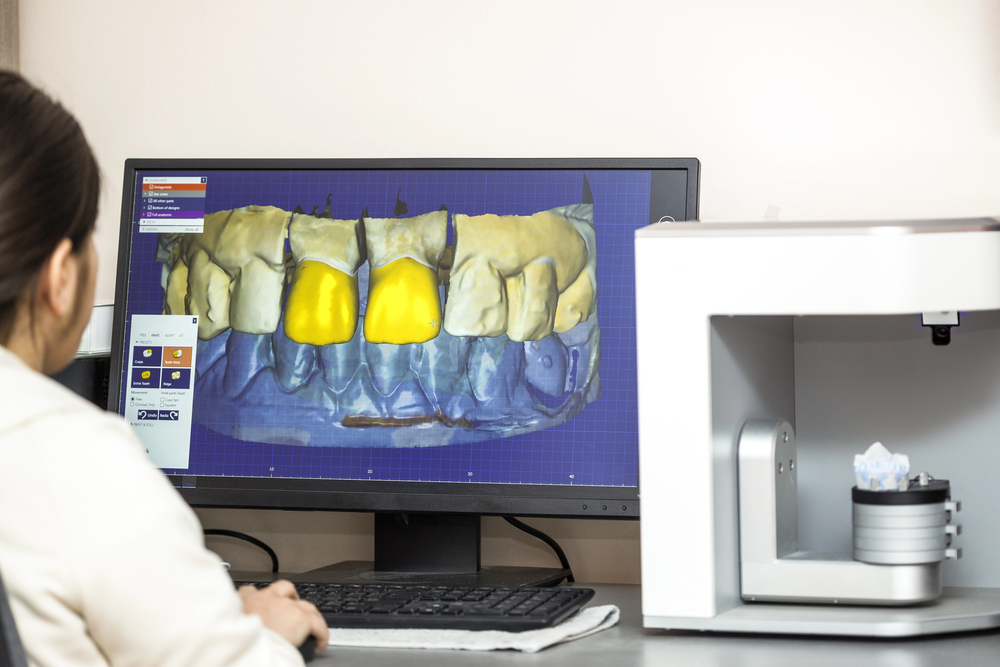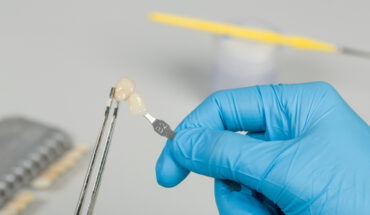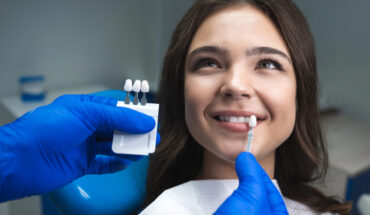
In recent years, the field of dentistry has undergone a significant transformation thanks to technological advancements. These innovations in dental technology have changed how dental professionals diagnose, treat, and interact with patients, ultimately enhancing both patient experience and clinical outcomes.
One of the most influential shifts has been the advent of digital dentistry, where computer-aided tools, software, and equipment enable more accurate, efficient, and less invasive treatments. Among the many advancements, technologies like digital smile design (DSD), 3D imaging, and laser dentistry are leading the charge in revolutionizing oral health care.
The Shift Toward Digital Dentistry
Digital dentistry refers to the use of digital tools and devices to perform diagnostic and treatment procedures. Traditional dentistry relied heavily on manual tools and techniques, often requiring multiple appointments, lengthy procedures, and increased patient discomfort. The integration of digital technology in dental practices has allowed for streamlined workflows, making the entire process faster, more precise, and more comfortable for patients.
From digital impressions to computerized treatment planning, dentists can now offer high-tech solutions for even the most complex dental issues. One of the most remarkable innovations in dental technology is digital smile design, a tool that allows dentists to create a virtual model of the patient’s desired smile. Using this software, patients can preview their potential results, ensuring that they are satisfied with the proposed treatment before any work is done.
Digital smile design (DSD) is an innovative dental technology that allows dentists to digitally plan and simulate a patient’s desired smile before any treatment is performed. Using a combination of high-resolution photos, 3D scans, and specialized software, DSD enables the creation of a personalized virtual model of the patient’s teeth and facial features.
This allows both the dentist and patient to collaborate on the final aesthetic outcome, ensuring that the new smile complements the patient’s natural appearance and preferences. DSD not only improves communication between patients and dental professionals but also enhances treatment accuracy, reducing the risk of post-treatment dissatisfaction. By offering a visual preview, digital smile design empowers patients with greater confidence in their cosmetic or restorative dental procedures.
Enhancing Patient Experience with Digital Smile Design
Digital smile design is a prime example of how dental technology improves the patient experience. Traditionally, patients undergoing cosmetic dental procedures, such as veneers or crowns, had to rely on verbal explanations and imagination to understand their results. However, with DSD, patients can visualize their new smile through digital simulations, eliminating uncertainties and providing peace of mind before the treatment begins.
Using photographs, 3D scans, and digital software, DSD enables dental professionals to design a smile that complements the patient’s facial features, oral health, and personal preferences. This highly personalized approach boosts patient confidence and engagement in the treatment process. Moreover, the precision of DSD significantly reduces the risk of post-treatment dissatisfaction, making it a vital tool in cosmetic and restorative dentistry.
Additionally, digital smile design allows for better communication between the dentist and the dental lab, ensuring that restorations are fabricated accurately and meet the patient’s aesthetic goals. The ability to predict results with such accuracy fosters trust and transparency, further enhancing the overall patient experience.
Innovations in Dental Technology: 3D Imaging and Printing
Another key aspect of innovations in dental technology is the development of 3D imaging and printing. Traditional methods of creating dental molds and impressions often required messy, uncomfortable materials that took time to set and were prone to inaccuracies. With 3D imaging, dentists can now take precise digital impressions using intraoral scanners. This method not only improves comfort but also allows for faster results and eliminates the need for physical molds, reducing the chances of error.
Once the digital impression is taken, 3D printers can create highly accurate dental models, crowns, bridges, and other restorations with remarkable speed. These devices use materials like ceramic and resin to fabricate restorations that fit perfectly within the patient’s mouth, reducing the need for multiple adjustments during placement. This ability to produce precise and durable restorations in a fraction of the time leads to fewer visits, shorter treatment times, and an overall smoother process for patients.
Moreover, 3D printing also plays a significant role in orthodontics, enabling the production of clear aligners, such as Invisalign, which are custom-designed to fit a patient’s teeth. These aligners offer a comfortable and aesthetically pleasing alternative to traditional braces, further improving the patient experience, especially for adults seeking discreet orthodontic treatment.
Laser Dentistry: A Pain-Free Future
Another significant advancement in digital dentistry is the adoption of laser technology for various dental procedures. Laser dentistry offers a minimally invasive alternative to traditional methods, which often involve drills, scalpels, and sutures. Lasers can be used to treat gum disease, remove decay, and even perform minor oral surgeries with greater precision and less discomfort for patients.
The precision of lasers allows dentists to target specific areas without damaging surrounding tissues, resulting in faster healing times and a reduced need for anesthesia. For patients with dental anxiety or those who fear the sound and sensation of drills, laser dentistry provides a less intimidating and more comfortable option. Furthermore, the use of lasers often results in less bleeding and swelling, making post-operative recovery smoother and less painful.
Laser technology also plays a crucial role in cosmetic procedures, such as teeth whitening. Lasers can enhance the whitening process by activating bleaching agents more effectively, leading to quicker results with fewer side effects like tooth sensitivity.
The Role of Artificial Intelligence in Diagnostics and Treatment
Artificial intelligence (AI) is another groundbreaking innovation in dental technology that enhances both patient experience and outcomes. AI-powered software can assist dentists in diagnosing oral health issues by analyzing images from X-rays and scans with remarkable accuracy. This technology helps identify conditions like cavities, gum disease, and even oral cancer at their earliest stages, ensuring that patients receive timely and appropriate treatment.
AI can also assist in treatment planning, using predictive algorithms to analyze patient data and recommend the most effective treatment options. This level of precision and personalization reduces the risk of complications and increases the likelihood of successful outcomes. For patients, AI-driven diagnostics mean fewer unnecessary procedures, quicker recovery times, and an overall more efficient dental experience.
Digital dentistry and the innovations in dental technology are redefining the dental experience for both patients and professionals. Technologies like digital smile design, 3D imaging, laser dentistry, and AI-driven diagnostics are improving the accuracy, efficiency, and comfort of dental treatments. These advancements not only enhance clinical outcomes but also create a more transparent, personalized, and stress-free environment for patients.
As digital tools continue to evolve, the future of dentistry looks promising, with even more innovations on the horizon. Patients can expect more convenient, minimally invasive treatments, shorter recovery times, and a better understanding of their dental care, making dental visits a more positive experience than ever before.




